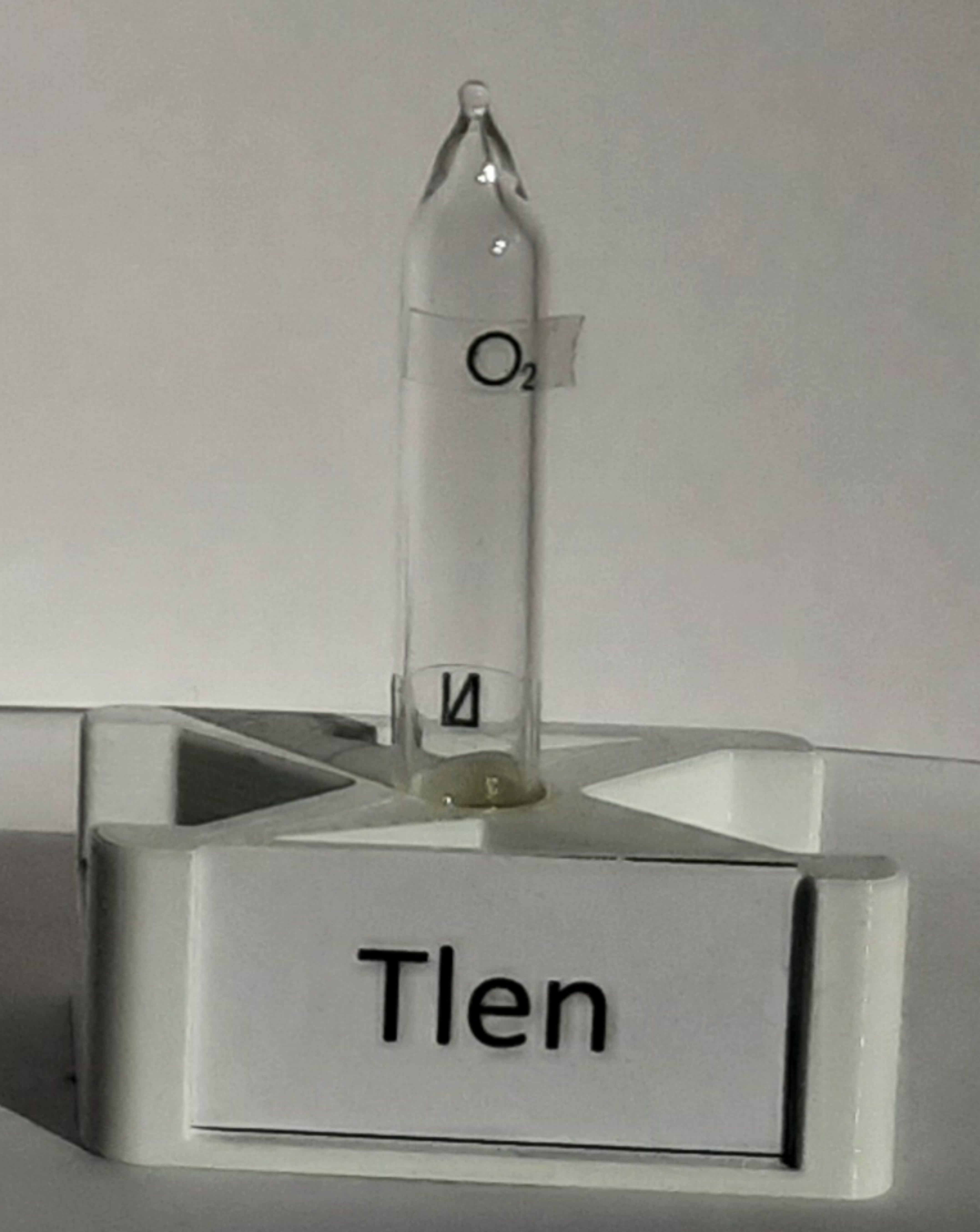
Oxygen (from Latin Oxygenium) O
Oxygen is a component of almost all rock-forming minerals (aluminosilicates, silicates, oxides and carbonates), such as: granite, clay, sand, limestone, gypsum, etc.
Oxygen is essential for life on Earth. In the process of respiration, organisms such as humans, animals and most microorganisms use oxygen for metabolism, which leads to the production of energy. Oxygen under normal conditions is a gas that has no distinct color or taste, is very chemically reactive, and can easily react with other elements and chemical compounds. It is necessary for the combustion reaction to occur. It comes in two allotropic varieties: diatomic O2 molecules (oxygen) and triatomic O3 molecules (ozone). It has strong oxidizing properties and forms compounds with many other elements, these compounds have a variety of applications and properties. It is a biogenic element, which means that it is a part of every living organism.
CO, SiO2, H2O, CO2, NaOH, Fe2O3, H2SO4, C6H12O6, HNO3, Al2O3
There are several methods of obtaining oxygen, one of the commonly used is fractional distillation of air. In this method, air is cooled and condensed, which allows the separation of oxygen from nitrogen, which has a lower boiling point. Another method is water electrolysis, during which an electric current flows through the water, causing its molecules to separate into oxygen and hydrogen. The resulting oxygen is typically purified to remove impurities (other gases). Oxygen can also be obtained by chemical reactions, for example the decomposition of hydrogen peroxide. Finally, the obtained oxygen is stored in special tanks.
Oxygen is used in oxygen therapy to treat patients with hypoxia, respiratory diseases, burns and during surgical procedures. It is essential in combustion processes such as power generation in power plants, combustion in internal combustion engines, and in metallurgical processes for steel production. It is used as an oxidant in chemical processes to produce a variety of substances, including plastics, dyes, and other chemical products. It is essential as an oxidizer to support the combustion of rocket fuels in spacecraft.
Air Liquide (France) is one of the world's largest producers of technical gases, including oxygen. Linde (Germany) is a global company engaged in the supply of technical and medical gases. Air Products (USA) is an American company that supplies various industrial gases, including oxygen, to various industries such as steel, electronics and packaging.
Oxygen is the third most common element on Earth: it constitutes about 21% of the volume of the Earth's atmosphere, it was discovered by Joseph Priestley in 1774 (he is considered one of the fathers of chemistry). Oxygen combines with hemoglobin in the blood to form oxyhemoglobin. This allows oxygen to be transported from the lungs to the tissues and organs in the animals' bodies. Although oxygen is necessary for life, it is important that it constitutes a certain percentage of the air volume. Enriching the air with oxygen can have as tragic consequences as its deficiency. Oxygen circulates constantly in nature. Plants produce oxygen during photosynthesis, and breathing organisms such as animals use it during respiration. Hyperbaric oxygen therapy can be used to treat brain injuries, including neurological injuries and disorders. Oxygen is a key element on which the aquatic ecosystem depends. Too low oxygen concentration in the water, apart from sudden death of fish (occurs in states of critical deficiency), reduces their immunity. By disturbing metabolism, they are exposed to toxic organic and inorganic compounds and their bioaccumulation. To assess the short-term impact of discharged sewage on the oxygen content in water, chemical oxygen demand (COD) is used - the amount of oxygen dissolved in water needed to oxidize chemical organic matter, such as crude oil. One of the most frequently used water pollution indicators to determine the susceptibility of wastewater to biological treatment is the biochemical oxygen demand (BOD) - an indicator determining the demand for oxygen necessary for the oxidation (in aerobic conditions) of organic compounds contained in water or sewage.


